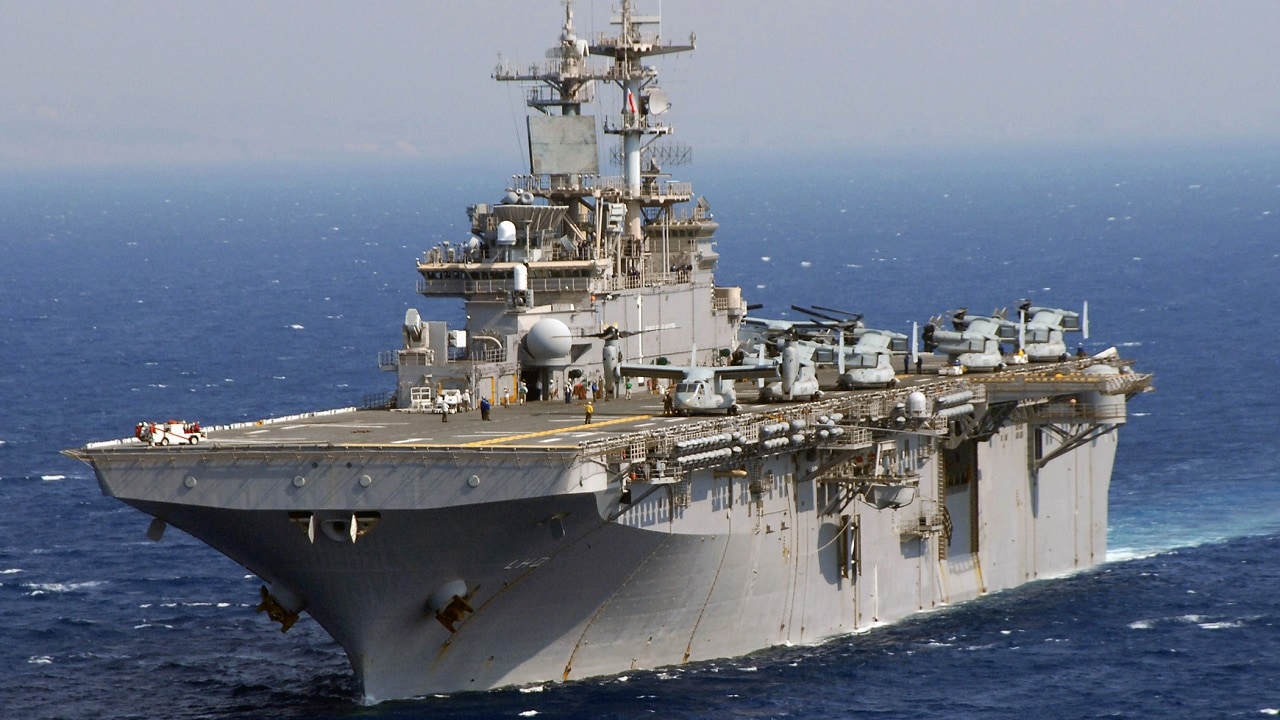Repeat after me: “Force Design 2030” is not mainly about the South China Sea, no matter what General David Berger’s detractors say. That claim constitutes part of the pushback from retired marines against the Marine Corps commandant’s effort to reinvent the corps as an island-warfare force. The latest to advance it was retired colonel Gary Anderson, a former chief of staff of the Marine Corps Warfighting Laboratory, over at Military.com last week.
It’s a strawman argument. And the strawman seems undead. Let’s aim another headshot at it and see if we can’t get a kill this time.
Contends Colonel Anderson, “The concept calls for having Marine Corps units occupy islands in the South China Sea to counter China’s attempt to dominate that body of water using long-range anti-ship and anti-air missiles. The intent is to assist the Navy in disrupting the Chinese reconnaissance strike-complex that is designed to deny U.S. naval and Air Force access to the South China Sea.”
Nope.
Check for yourself. The phrase “South China Sea” appears in Force Design 2030 precisely [thumbs through document] zero times. Nor does “Southeast Asia” put in an appearance. The concept does reimagine the Marine Corps as an island-hopping expeditionary force that will “stand in” within an enemy’s—chiefly China’s—“weapons engagement zone,” the geographic space within reach of People’s Liberation Army (PLA) sea, air, and missile power.
The point of standing in—as opposed to standing off beyond weapons range—is to deny the PLA Navy access to Pacific islands and adjacent waters and skies from the outset of a conflict. If successful, small missile-toting marine contingents operating with the U.S. Navy fleet and affiliated joint and allied forces will foil any amphibious assault on the islands, or any effort to traverse straits connecting the China seas with the broad Pacific.
By converting the first island chain into a barrier to maritime movement, they will imprison China’s navy and air force within the China seas. Sea denial is a prelude to a fight for command of the sea. This is the classic pattern: deny the enemy command, win command for yourself, exploit command. Once they rule the sea, allied commanders will exploit their dominance how they please.
Then, perhaps, the allies might concern themselves with subsidiary goals such as reducing China’s island fastnesses in the South China Sea, if that’s where the battle happens to be. But that’s not a necessary ingredient of General Berger’s strategic concept—let alone the sole purpose or combat theater impelling the redesign of the Marine Corps. Enough with the strawman.
Here’s hoping the zombie stays slain this time.
A 1945 Contributing Editor, Dr. James Holmes holds the J. C. Wylie Chair of Maritime Strategy at the Naval War College and served on the faculty of the University of Georgia School of Public and International Affairs. A former U.S. Navy surface warfare officer, he was the last gunnery officer in history to fire a battleship’s big guns in anger, during the first Gulf War in 1991. He earned the Naval War College Foundation Award in 1994, signifying the top graduate in his class. His books include Red Star over the Pacific, an Atlantic Monthly Best Book of 2010 and a fixture on the Navy Professional Reading List. General James Mattis deems him “troublesome.” The views voiced here are his alone.

